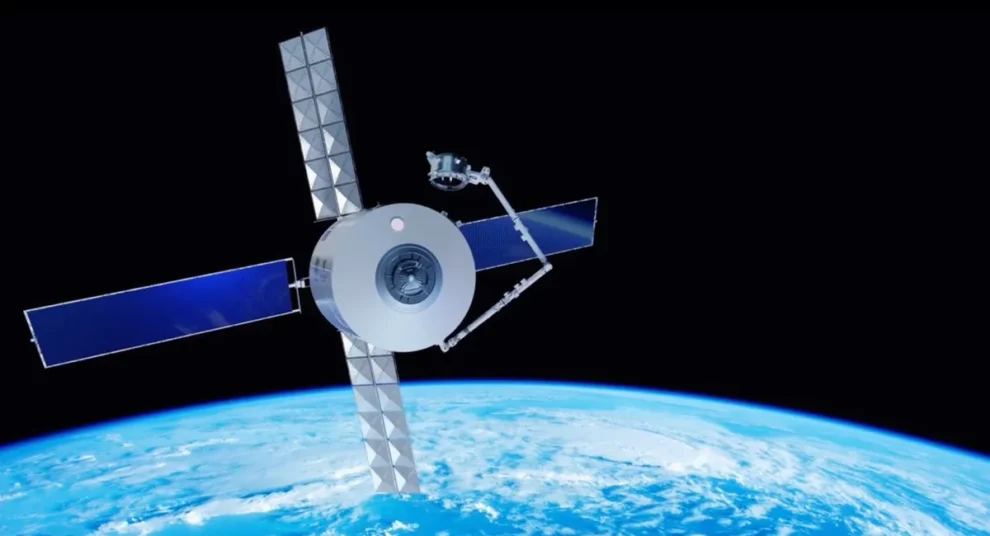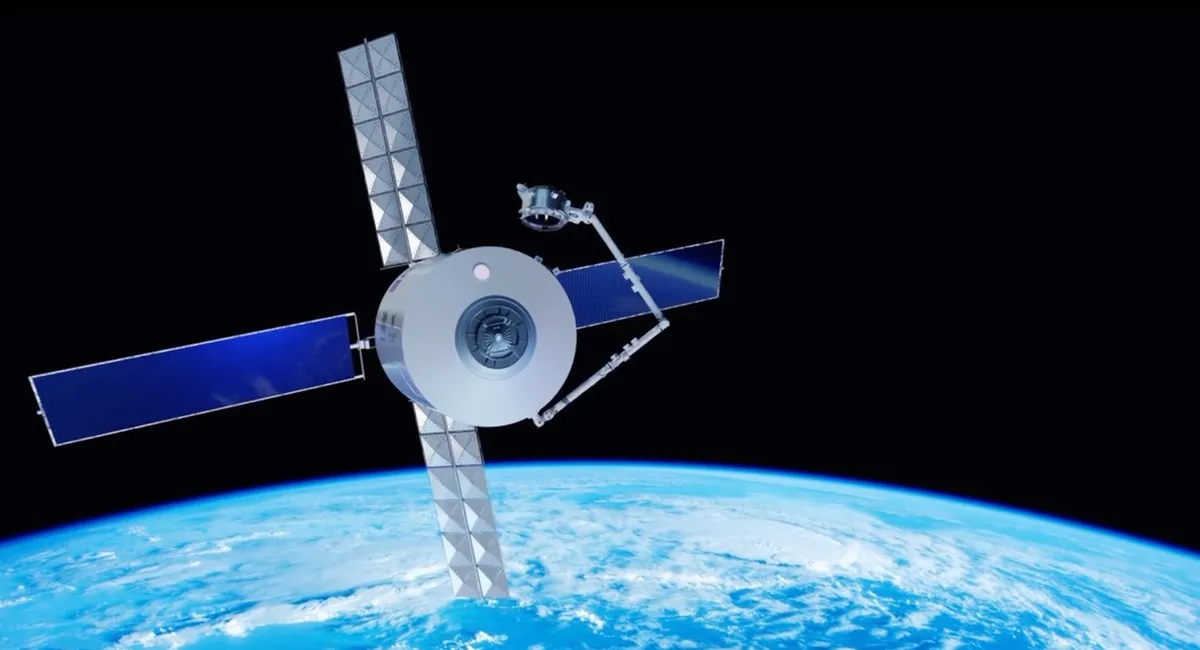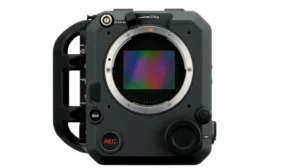NASA’s ambitious plan to robotically repair and refuel satellites has encountered significant setbacks, pushing its budget over the $2 billion mark and significantly delaying its schedule. The project, primarily undertaken by space tech contractor Maxar, is behind on several critical components, casting doubt on its completion within the allocated budget or by the expected launch date.
Key Highlights:
- Maxar is two years behind on delivering the spacecraft bus and the Space Infrastructure Dexterous Robot (SPIDER) robotic arm.
- The project’s budget has exceeded $2.05 billion, with the launch date now uncertain but unlikely to meet the December 2026 commitment.
- The delays and cost overruns are largely attributed to Maxar’s performance, though NASA shares some responsibility.
- Despite setbacks, NASA aims to pioneer new satellite servicing technologies to potentially revolutionize satellite management and foster a new commercial servicing industry.
NASA’s $2 billion satellite refueling project, led by contractor Maxar, has faced significant delays and budget overruns. The project aimed to robotically repair and refuel satellites in orbit but has encountered setbacks primarily due to Maxar’s performance issues, including delays in delivering critical components like the spacecraft bus and the SPIDER robotic arm. These challenges have pushed the project’s cost over its original budget and delayed its launch timeline, jeopardizing its completion by the scheduled launch date.
Maxar’s Performance Issues
The delays and cost overruns were primarily attributed to Maxar Technologies’ poor performance, specifically their underestimation of the project’s scope and complexity. This underestimation pertained to tailoring a commercial spacecraft bus to meet NASA standards and OSAM-1 mission requirements. Despite Maxar’s efforts and expressed commitment to the project’s success, the contractor has struggled with providing the necessary technical expertise and prioritization, forcing NASA to supplement Maxar’s work with its own labor and services.
Background and Challenges
The project, initially named Restore-L and later expanded to include the OSAM-1 mission, aims to demonstrate in-space manufacturing, assembly, and satellite refueling capabilities. However, significant underestimations of the complexity involved in tailoring commercial spacecraft to meet NASA standards have led to delays and increased costs. The project’s expanded mission includes assembling a new communications antenna for a satellite and demonstrating in-space manufacturing of a carbon fiber beam, crucial for future orbital structures.
Financial Implications and Future Prospects
The delays have resulted in NASA covering additional operational costs for the Landsat 7 satellite, with monthly expenses of approximately $482,000. The projected launch readiness date has now been pushed to no earlier than March 2027, potentially incurring at least $6.3 million in extra costs. NASA remains hopeful for a 2026 launch, emphasizing ongoing integration and testing efforts at Goddard Space Flight Center.
Despite criticisms, Maxar expresses pride in its involvement and commits to addressing the project’s challenges. NASA has implemented some of the Inspector General’s recommendations to mitigate future risks, including recouping costs and integrating labor and services into Maxar’s contract more effectively.
The setbacks facing NASA’s satellite refueling project underscore the complexities of pioneering space technology initiatives. While the hurdles are significant, the project’s successful completion could offer groundbreaking capabilities in satellite servicing and open doors to a vibrant commercial industry. The collaboration between NASA and Maxar, despite current challenges, is a testament to the ongoing effort to push the boundaries of space exploration and utilization.



















